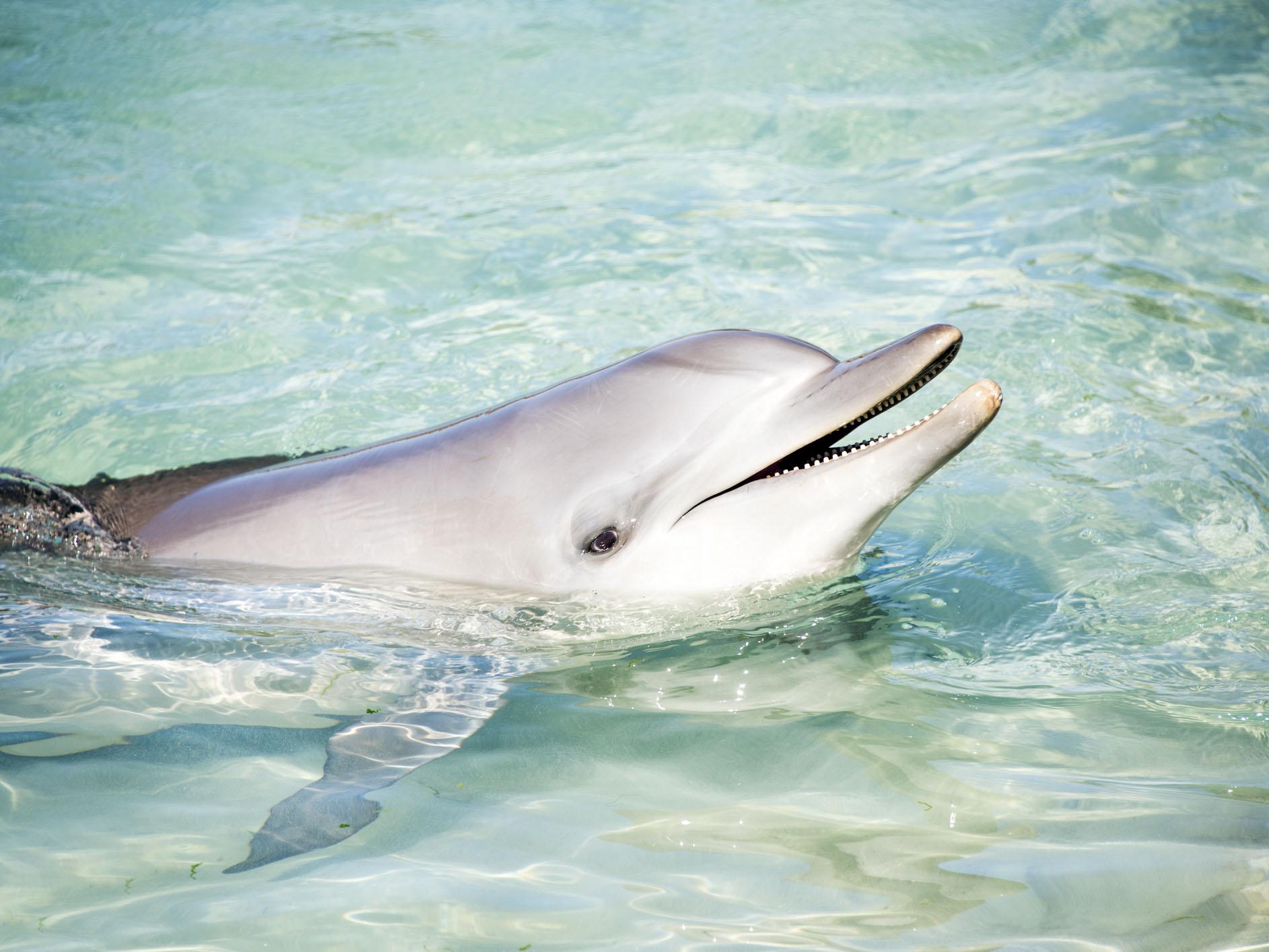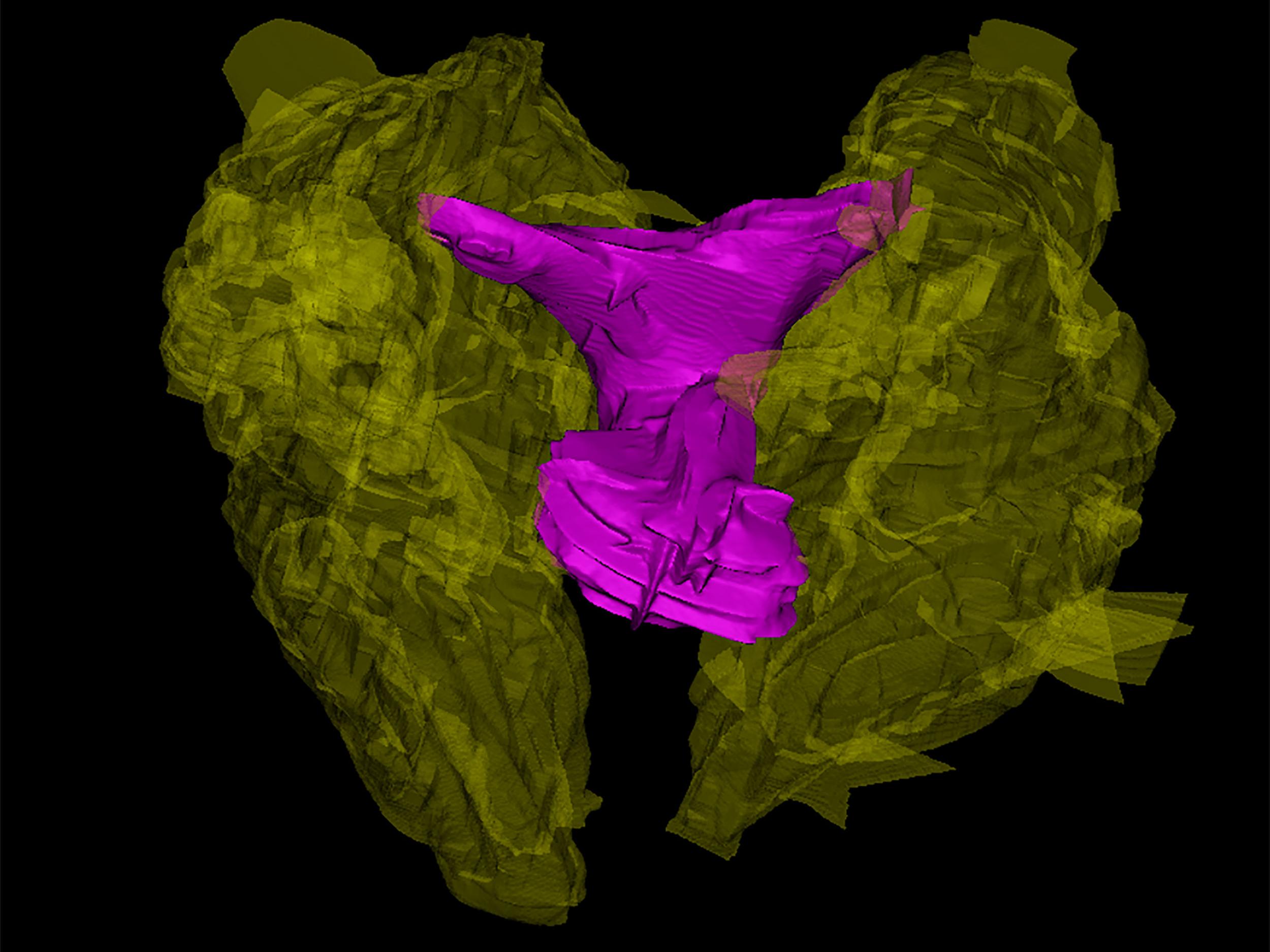Dolphin clitoris study suggests marine mammals may experience sexual pleasure
Scientists say the animals have remarkably similar genital anatomy to humans

Your support helps us to tell the story
From reproductive rights to climate change to Big Tech, The Independent is on the ground when the story is developing. Whether it's investigating the financials of Elon Musk's pro-Trump PAC or producing our latest documentary, 'The A Word', which shines a light on the American women fighting for reproductive rights, we know how important it is to parse out the facts from the messaging.
At such a critical moment in US history, we need reporters on the ground. Your donation allows us to keep sending journalists to speak to both sides of the story.
The Independent is trusted by Americans across the entire political spectrum. And unlike many other quality news outlets, we choose not to lock Americans out of our reporting and analysis with paywalls. We believe quality journalism should be available to everyone, paid for by those who can afford it.
Your support makes all the difference.An in-depth study of the dolphin clitoris has revealed that these marine creatures may belong to a small group of animals that are known to experience sexual pleasure.
Dolphins are known to have sex throughout the year, even at times when they are not capable of conceiving.
In other animals that do this, including humans, sex can be pleasurable for females due in large part to clitoral stimulation.
This led a team of scientists to investigate the genital anatomy of dolphins to determine what enjoyment – if any – the females were getting out of year-round sex.
Dr Dara Orbach of Mount Holyoke College led the research, dissecting and scanning the genitalia of 11 female bottlenose dolphins that had died naturally.
Not only did the animals turn out to have large and well-developed clitorises, anatomically they were remarkably similar to those found in humans.
Scientists noted the skin contained bundles of nerves that may increase sensitivity and potential for pleasure in the animals.
“Our anatomical observations suggest the clitoris is functional in bottlenose dolphins, but further research, including physiological and behavioural analyses, are necessary to test if sexual experiences can be pleasurable for female dolphins,” said Dr Orbach.

She noted that dolphin anatomy was not directly comparable with humans, as the clitoris is positioned at the entrance to the vaginal opening.
“The location of the clitoris near the vaginal opening indicates it can potentially be easily stimulated during copulation,” she said.
Dr Orbach presented her findings at the American Association of Anatomists annual meeting in Orlando.
It is the latest project she was worked on to understand the mysteries of dolphin sex lives. In 2017 she published research detailing how folds in dolphin vaginas can function as barriers to prevent unwanted males successfully mating with them.
There is still very little known about the female sexual anatomy and behaviour for most wild animals, and Dr Orbach hopes her latest research will help develop this emerging field.
“This research provides a comparative framework to explore other functions of sex that may not be unique to humans,” she explained.
“We are on the precipice of a deeper understanding of the relationship between form and function of genitalia.”
Join our commenting forum
Join thought-provoking conversations, follow other Independent readers and see their replies
Comments